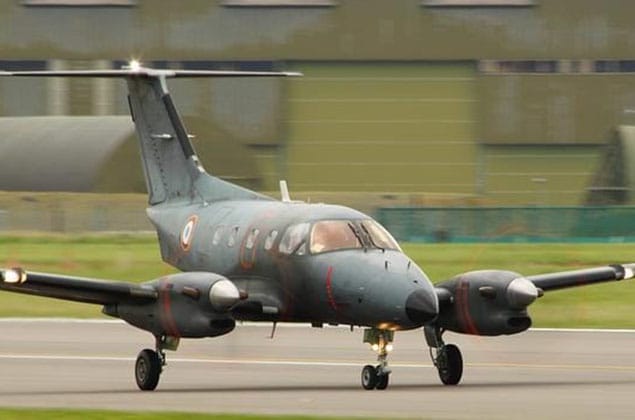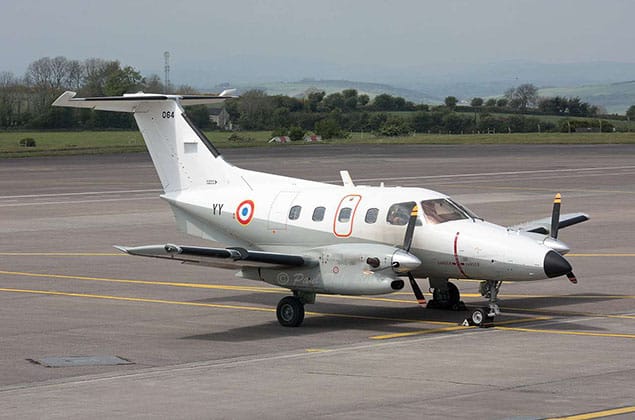Embraer 121 Xingu Specifications & Booking
Overview of the Embraer 121 Xingu
The Embraer 121 Xingu is a twin-turboprop, light transport aircraft manufactured by Brazilian aerospace company Embraer. Designed for military, commercial, and private use, it made its first flight in 1965 and entered service in the late 1960s.
Technical Specifications
The Embraer 121 Xingu has the following technical specifications:
- Dimensions:
- Length: 14.12 meters (46 feet 4 inches)
- Wingspan: 15.29 meters (50 feet 2 inches)
- Height: 5.18 meters (17 feet 0 inches)
- Weight:
- Empty weight: 3,800 kilograms (8,378 pounds)
- Maximum takeoff weight: 7,500 kilograms (16,534 pounds)
- Engines:
- Type: Garrett TSE331-42 turboprop
- Thrust: 1,050 horsepower each
- Fuel efficiency: 2.15 kg/kW/hour
- Performance:
- Maximum speed: 320 km/h (200 mph)
- Range: 1,500 kilometers (932 miles)
- Cruising altitude: 6,700 feet (2,042 meters)
- Capacity:
- Passengers: 21-24
- Cargo: 1,000 kilograms (2,204 pounds)
- Crew: Two pilots and one flight attendant
Design and Features
The Embraer 121 Xingu features a distinctive design with a curved wing and a fuselage shaped like an ellipse. It has a retractable landing gear system and is equipped with a single-pilot cockpit.
History and Development
The development of the Embraer 121 Xingu began in the early 1960s, with the first flight taking place on March 17, 1965. The aircraft received its certification in 1967 and entered service shortly after that. Over the years, it underwent several upgrades and improvements.
- Key milestones:
- First flight: March 17, 1965
- Certification: 1967
- Entry into service: Late 1960s
- Challenges faced during development:
- Significant upgrades or variants:
Operational Use
The Embraer 121 Xingu has been used in various operational scenarios, including military transportation, commercial airlift, and private aviation.
- Airlines or organizations that operate it:
- Popular routes or missions:
- Role in aviation history:
Interesting Facts
Here are some interesting facts about the Embraer 121 Xingu:
- Unique design choices:
- Famous flights or events:
- Pop culture appearances:
Frequently Asked Questions
What makes the Embraer 121 Xingu unique?
The Embraer 121 Xingu is unique due to its distinctive design, which features a curved wing and an elliptical fuselage. It also has a retractable landing gear system and is equipped with a single-pilot cockpit.
How much does the Embraer 121 Xingu cost?
The estimated cost range of the Embraer 121 Xingu varies depending on the configuration, customization, and other factors. On average, it costs around $1-2 million.
What is the range of the Embraer 121 Xingu?
The Embraer 121 Xingu has a range of approximately 1,500 kilometers (932 miles), making it suitable for short- to medium-range flights.
Which airlines operate the Embraer 121 Xingu?
The Embraer 121 Xingu is operated by several major airlines and organizations, including [list specific airlines or organizations]. They choose this aircraft due to its versatility, reliability, and cost-effectiveness.
Is the Embraer 121 Xingu still in production?
No, the Embraer 121 Xingu is no longer in production. The last models were manufactured in the late 1990s, and the aircraft has since been retired from service or upgraded to newer models.





